
Immersive VR simulation helps patients better understand intraocular lens options.

Sheryl brings a wealth of editorial experience to MJH Life Sciences’ Eye Care Network, having engaged with the readers and the greater ophthalmic community of Ophthalmology Times for more than 20 years. As Group Editorial Director, Sheryl’s purview extends across the print and digital network of Ophthalmology Times, Ophthalmology Times Europe, Modern Retina and Optometry Times. Prior to ophthalmology, Sheryl previously covered the fields of audiology and confectionery science/technology/manufacturing.
Sheryl is also passionate about the mission, vision and values of Ophthalmic World Leaders (OWL) and recently completed her term on its Board of Directors. She continues to volunteer as Editor-in-Chief of the organization’s EMPOWER Magazine. In 2013, she was honored with the group’s inaugural Rising Star Award.
In addition, she has served as a judge for Crain's Cleveland Business Health Care Heroes Awards program as well as the Jesse H. Neal National Business Journalism Awards.

Immersive VR simulation helps patients better understand intraocular lens options.
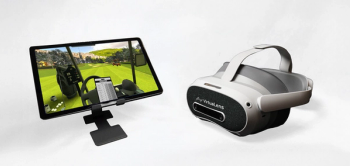
The virtual reality technology lets patients with cataract experience lens options in real-life scenarios, while a new strategic partnership aims to expand VR adoption.

Dr. Tanna will kick off the new monthly subspecialty education series with a virtual session on September 9, 2025, focused on using OCT imaging and perimetry to track glaucoma progression.

Course director Robert S. Feder, MD, shares how the monthly Zoom sessions aim to deliver clinical pearls and foster cross-subspecialty learning.

As myopia becomes a worldwide epidemic, the upcoming Paris workshop on September 8, 2025, will convene global leaders to discuss strategies, research priorities, and new treatment pathways.

Ahead of the September 8 meeting in Paris, the program co-chair of the event and current president of the American Academy of Ophthalmology discusses how the workshop aims to shape consensus on guidelines, research priorities, and emerging therapies in myopia control.

Dan Ignaszewski explains how the national advocacy campaign aims to unite patients, researchers, and clinicians to protect NEI’s independence and ensure vision research funding.
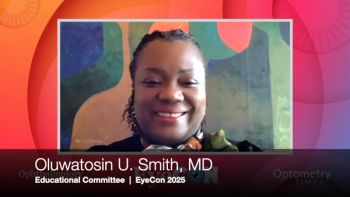
Extend the summer at EyeCon 2025—where clinical insight meets coastal vibes—September 26 and 27 at the Margaritaville Hollywood Beach Resort in Florida.

Marguerite B. McDonald, MD, FACS, shares a front-row view of ophthalmology’s “revolution with a capital R."

The ADAPT study will evaluate the safety and effectiveness of the Calibreye surgical system in up to 70 patients with refractory glaucoma.

The Eye Care Network connected with Haller to hear her vision for Wills Eye Hospital, her priorities as CEO, and what lies ahead for the field of ophthalmology.

The DRD Cure Accelerator, highlighted at the CCOI-Stanford Summit, is a global initiative advancing clinical research and collaborations to eliminate vision loss from diabetic retinal disease.

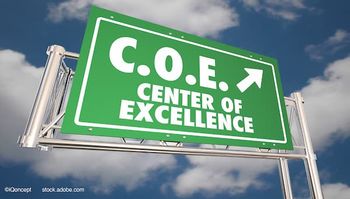
At the CCOI-Stanford Summit, Goldberg calls for collaborative trial models that could redefine efficiency and standardization in ophthalmology research.
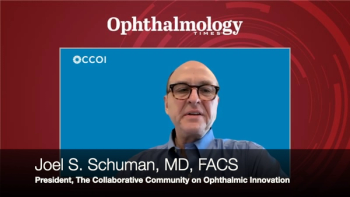
President Joel S. Schuman, MD, highlights the group’s mission and vision for the future—uniting 17 working groups and over 80 stakeholders.
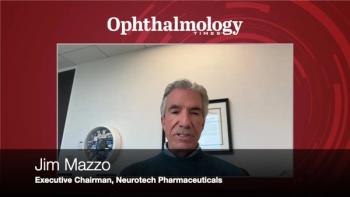
Jim Mazzo is among the presenters who will highlight the need to break silos and accelerate eye health solutions at the Collaborative Community on Ophthalmic Innovation (CCOI) meeting at Stanford University on July 23, 2025.

Ophthalmologists discuss the most impactful advancements reshaping patient care over five decades.

In honor of Ophthalmology Times’ 50th anniversary, anterior segment surgeons attending ASCRS 2025 weigh in on the innovations that defined modern ophthalmology.
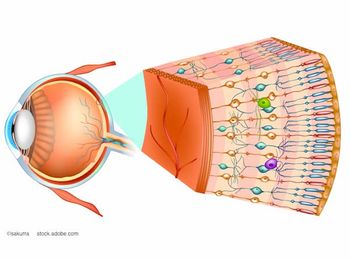
At the 2025 International SPECTRALIS Symposium—And Beyond (ISS), Chauhan discussed how two-photon microscopy enables precise, non-invasive monitoring of retinal ganglion cell function in living subjects.

New technologies and a proactive mindset are transforming how glaucoma is diagnosed and treated—and redefining what “controlled” really means.
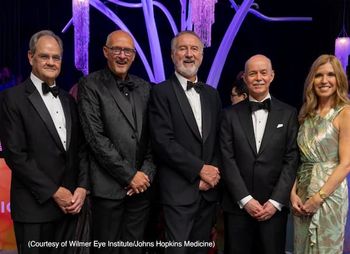
From Nobel laureates to AI-driven research, the Wilmer Eye Institute honors a century of transforming vision science and care.
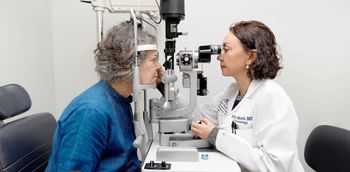
As its director, Manusis outlines the facility’s role in delivering advanced, personalized solutions to improve vision and patient experience.
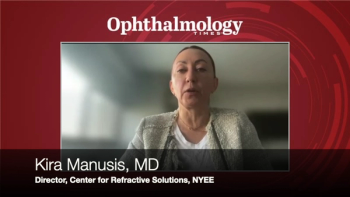
From laser vision correction to adjustable lens implants, the Center for Refractive Solutions at New York Eye and Ear Infirmary of Mount Sinai offers advanced options for every stage of life.

A look at current therapies, clinical trial results, patient education, and emerging options for managing this progressive retinal disease.

Fluorescence lifetime imaging ophthalmoscopy is emerging as a valuable tool to reveal previously hidden links between retinal changes and systemic disease.
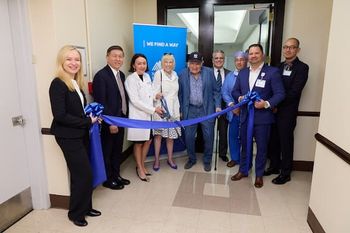
The center aims to optimize patients' vision with a range of cataract and corneal refractive procedures and minimize reliance on glasses and contacts.

NASA’s development of autonomous eye imaging technologies for astronauts aboard the International Space Station is paving the way for remote, high-quality eye care both in deep space and underserved regions on Earth.

Advanced autofluorescence reveals cellular pigment reservoirs with therapeutic potential at the Heidelberg 2025 International SPECTRALIS Symposium – And Beyond (ISS).

This noninvasive imaging tool reveals early brain pathology through the eye, promising faster and more accurate diagnoses as highlighted at the Heidelberg 2025 International SPECTRALIS Symposium – And Beyond (ISS).

Findings presented at the Heidelberg 2025 International SPECTRALIS Symposium — And Beyond (ISS) suggest detailed structural data could better inform therapeutic targeting and monitoring.